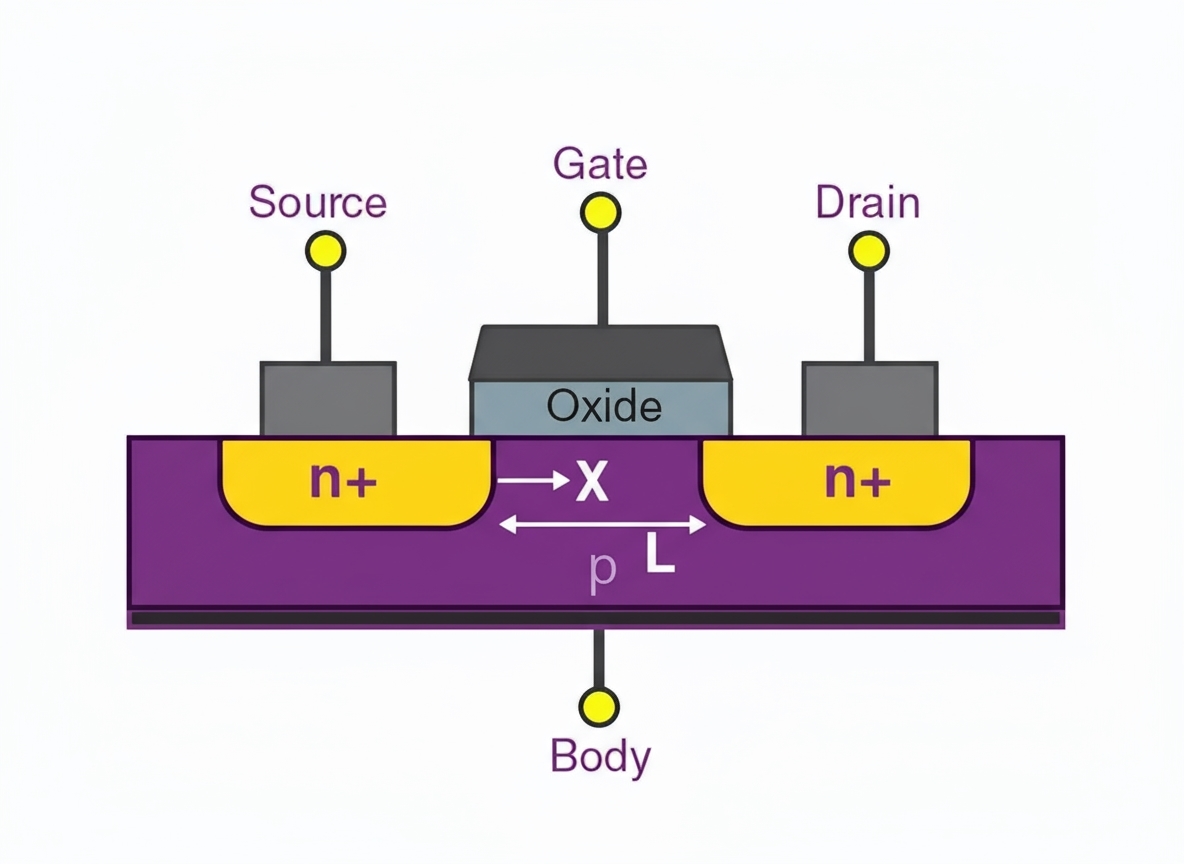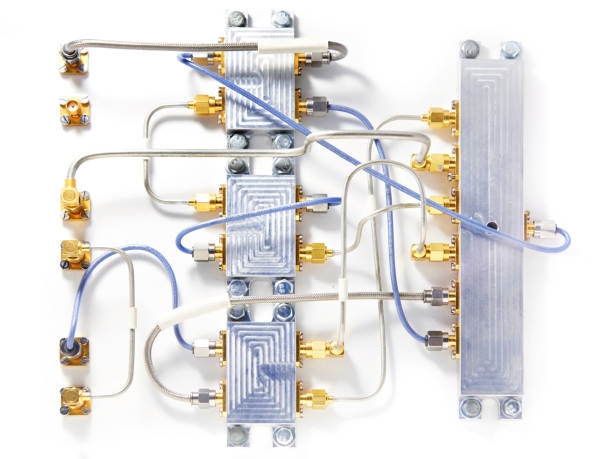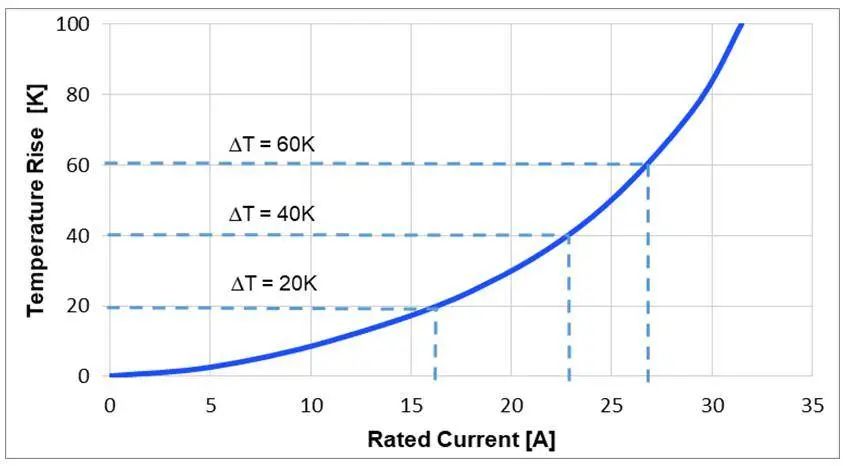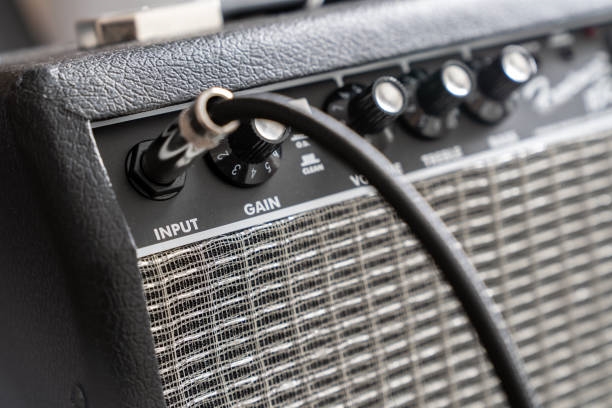Protection diodes (also known as safety diodes) are circuit components designed to safeguard against reverse voltage and current¡ªconditions where power flows opposite to the conventional direction.
Instead of flowing from the positive side of a voltage source to ground and then to the negative side, reverse current travels from the negative side through ground to the positive side. Protection diodes block this reverse current flow, preventing damage to sensitive components.
Diode Fundamentals
Diodes permit current flow in one direction while blocking it in the opposite direction. This characteristic makes them ideal for protecting components vulnerable to damage from reverse current flow.
LEDs are particularly sensitive to reverse power, typically withstanding only about 5V in reverse bias. Exceeding this voltage can cause permanent damage. A protection diode (such as any 1N400X series diode) prevents reverse current from reaching the LED.
Improved Protection Circuit Design
While basic diode protection works, more advanced configurations offer better performance. The optimal method places a reverse-biased diode in parallel with the protected component.
When reverse current occurs, it bypasses the protected component through the diode. Though some current may still pass through the component during high-current events, the diode shares the load, preventing full reverse current exposure.
Technical Advantages
The parallel reverse-biased configuration offers two key benefits over series protection:
- Efficiency: Series diodes consume about 0.7V (for silicon diodes) during normal operation, while parallel designs only activate during reverse current events
- Voltage tolerance: Series configurations are limited by the diode's peak inverse voltage (PIV). For example, a 1N4001 diode fails when reverse voltage exceeds 50V. Parallel designs face no such limitation since the diode becomes forward-biased during reverse current events
The reverse-parallel diode configuration represents a superior protection method, offering both component safety and circuit efficiency.
 ALLPCB
ALLPCB





